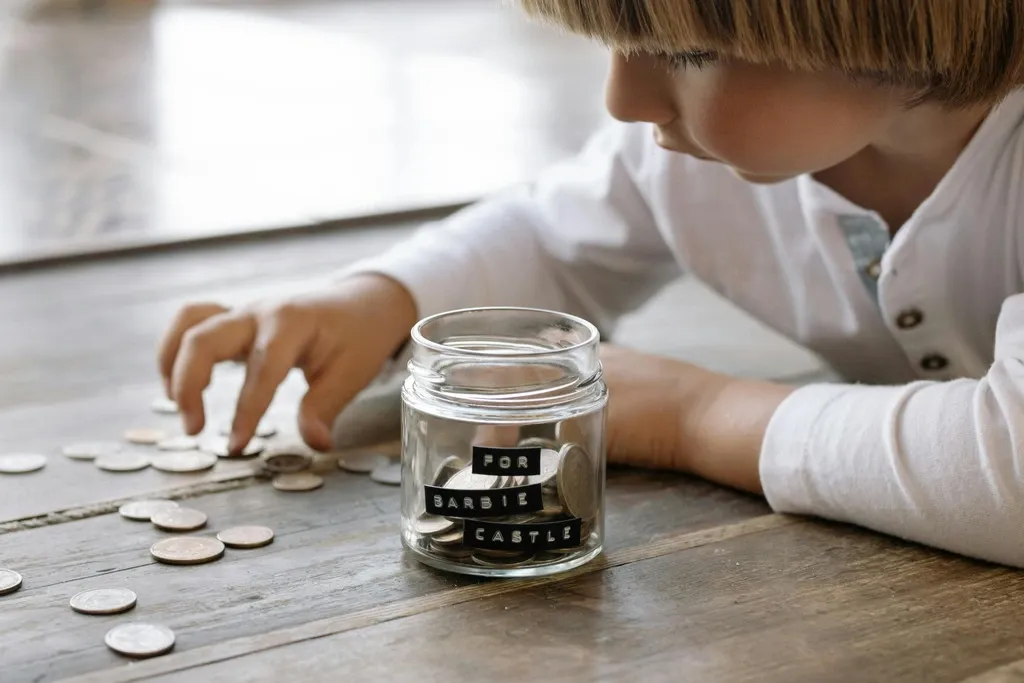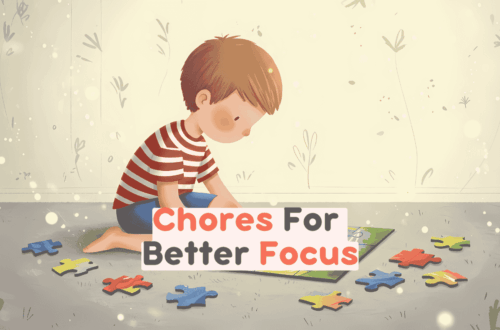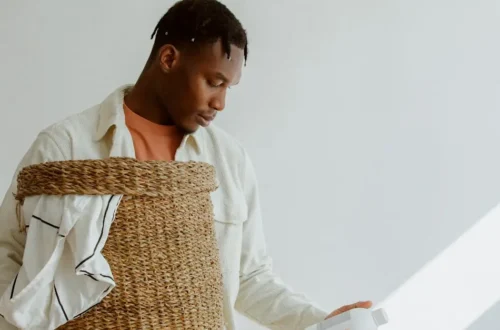Teach kids about money early, and you’ll give them skills that last a lifetime. Understanding how earning, saving, and spending work helps children build healthy financial habits from a young age. According to The Consumer Financial Protection Bureau (CFPB), introducing money lessons early helps children develop decision-making skills and confidence around finances.
One of the easiest ways to teach kids about money is by linking everyday chores with real-world concepts of earning, saving, and giving. The Kikaroo chore tracker makes this process simple by recording completed chores, awarding points, and allowing kids to “spend” them in ways that feel like real transactions.
Assign a Value to Each Chore to Teach Kids About Money
Give every task a specific value. Making the bed might be worth 5 points while mowing the lawn could earn 20. This helps children understand the connection between effort and reward. With the Kikaroo digital chore chart, you can set these values easily so kids see how their work adds up over time. For more ideas on money lessons for kids and how to match chores to their age, visit our Ultimate Guide to Age-Appropriate Chores for Kids.
💡 Tip: Mix short, simple chores with longer ones so kids learn that bigger jobs bring bigger rewards.
Create a Family Store to Teach Financial Responsibility
Set up a “store” where children can trade their points for rewards. This could be picking the weekend movie, choosing a family activity, or earning extra screen time. Kikaroo’s built-in reward tracker makes the process fair and transparent. Want to make financial responsibility through chores more organized? Check out our Complete Guide to Chore Charts & Tools.
Teach Kids Saving and Spending Habits
Encourage kids to save points for bigger rewards instead of using them right away. The app shows a running balance, making it easier for children to decide when to spend and when to save. This not only teaches patience but also mirrors how real money management works.
Introduce the Concept of Giving and Financial Generosity
Create a charity jar where children can contribute part of their points toward a family-selected cause. Donating to an animal shelter or helping a local project teaches them generosity and the joy of giving. With Kikaroo, these contributions can be tracked the same way as other rewards.
💡 Tip: Let your children suggest and vote on which charity to support. This builds ownership and excitement.
Have Regular Family Money Talks to Teach Smart Habits
Dedicate time each week to review how many points were earned, what was saved, and what was spent. These conversations help children reflect on their decisions and understand the importance of planning. Kikaroo’s reporting feature provides a clear breakdown that makes these talks engaging for the whole family. Parents who want to keep money lessons and chores positive can find helpful strategies in our Parenting Tips to Make Chores Easier.
Building Lifelong Financial Skills in Kids
Connecting chores with financial lessons is one of the most practical ways to teach kids about money. These small, consistent experiences help them develop responsibility, patience, and smart money habits. With a digital tool like Kikaroo, parents can make learning about finances simple, structured, and fun, helping children grow into confident, financially aware adults.
Ready to make it easy to teach kids about money and responsibility through chores? Visit the Kikaroo app homepage to get started today.
Frequently Asked Questions
1. How do chores help teach kids about money?
Chores provide real-world opportunities to teach kids about money by connecting effort with reward. When children earn points, stars, or allowances for completing tasks, they start understanding the relationship between work and value, a foundation for financial responsibility.
2. What age should I start teaching kids about money?
You can start introducing simple money lessons as early as age 4 or 5. Begin with small tasks like saving coins or earning stars for chores. As kids grow, increase the complexity by letting them make small spending and saving decisions within the Kikaroo app or at home.
3. Should I pay kids for every chore?
Not necessarily. It’s helpful to separate “family contribution chores” (like making the bed) from “earn-and-learn chores” (like washing the car). The goal isn’t to pay for everything but to teach financial responsibility and the value of earning through effort.
4. How can I teach kids to save their money?
Encourage saving by letting kids set goals for something they really want. Using a digital system like Kikaroo, they can track earnings, see their progress, and learn patience, key aspects of money management.
5. What’s the best way to talk to kids about money?
Keep conversations simple, consistent, and positive. Schedule short “family money talks” each week to review what they earned, saved, and spent. Discussing real-life decisions helps children connect money with planning and responsibility.

 Home
Home Features
Features Testimonials
Testimonials Downloads
Downloads FAQ
FAQ Blog
Blog








